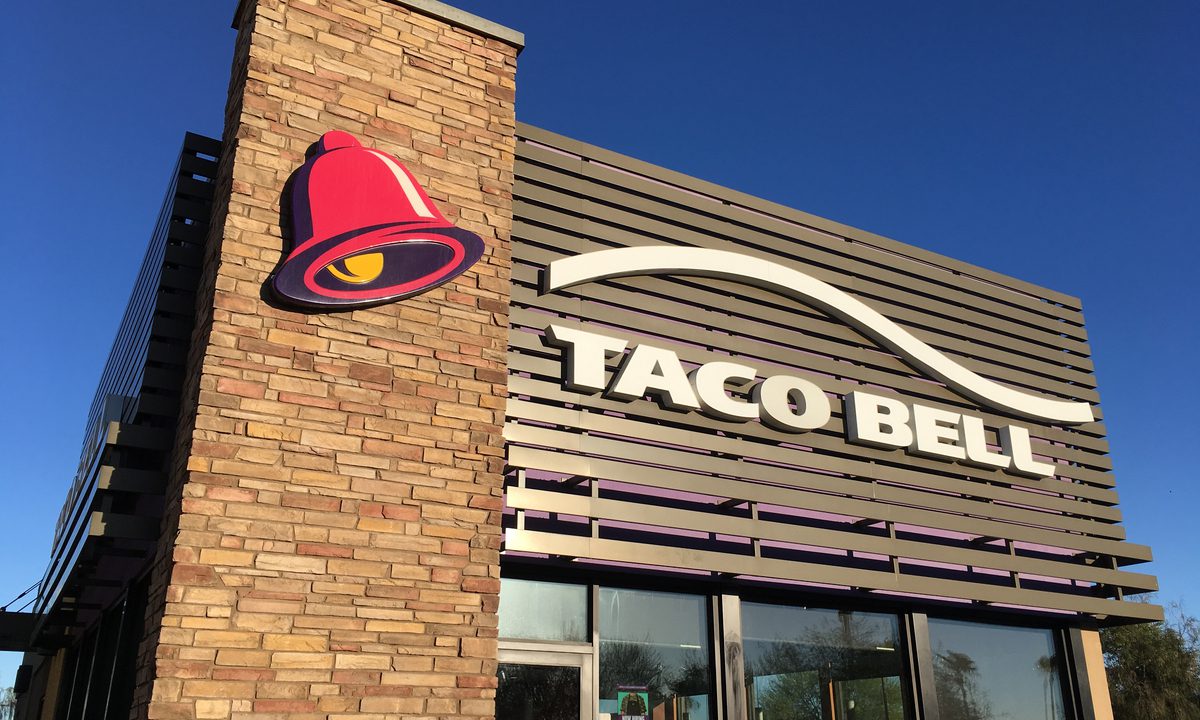Taco Bell’s Mexican Pizza Relaunch Backfires with Out-of-Stocks

Taco Bell’s move to change the conversation from supply chain and inflation issues has had something of the opposite effect. After bringing back its cult-favorite Mexican Pizza on May 19, the chain is already running out of ingredients, according to a company announcement posted to Twitter on Tuesday (May 31).
“Turns out we underestimated how many of you love Mexican Pizza,” the tweet read. “7x more than we expected, to be exact. We are working as fast as we can to restock Mexican Pizza ingredients. We’ll need some time to replenish our supplies, but when it comes back, we promise it’s here to stay.”
Turns out we underestimated how many of you love Mexican Pizza. 7x more than we expected, to be exact. We are working as fast as we can to restock Mexican Pizza ingredients. We’ll need some time to replenish our supplies, but when it comes back, we promise it’s here to stay.
— Taco Bell (@tacobell) May 31, 2022
The statement comes after the initial news release in April announcing the reappearance of the menu item touted the brand’s efforts to “streamline operations and ingredient sourcing,” making the return possible.
As widespread challenges related to inflation, labor and the supply chain rack the restaurant industry, many chains and food brands have been turning to buzzy menu items such as the Mexican Pizza to get consumers talking about matters other than the issues at hand.
For instance, last week Mondelēz International announced that it is releasing a combination of Ritz Crackers and Oreo Cookies, offering consumers the chance to get a box of Ritz X Oreo for just the price of shipping and handling. Also last week, East Coast restaurant chain Friendly’s announced a summer menu of lobster-filled items, and Sonic announced a Slush Float made with Mondelēz’s Sour Patch Kids candies.
Related news: Oreo-Ritz Collab One of Many F&B Strategies to Keep Buyers Brand Loyal
These supply chain challenges indicate the long way to go before restaurants fully recover from the pandemic.
“When COVID hit, the spacing requirements required these manufacturing plants to have an immediate drop in capacity from which they still really haven’t recovered,” Jim Murabito, executive vice president of supply chain at Madison Heights, Michigan-based restaurant chain Hungry Howie’s Pizza, told PYMNTS in an interview. “Two years sounds like a long time, but when you’re talking about capital to build a processing plant, they can’t get it done that fast. So, we’ve been dealing with this situation where in years past, suppliers were competing for our business. Now we’re competing for their business.”
Read more: Restaurant Supply Chain Power Balance Shifts From Buyers to Suppliers
Many restaurants are turning to technology to gain additional insight into these challenges, enabling them to make decisions based on as much information as possible. In an interview with PYMNTS, Peter Dougherty, general manager of hospitality at Lightspeed, argued that end-to-end digitized payments are more important than ever in the face of supply chain and labor challenges.
“The value of a true integrated payments experience [is underrated],” Dougherty said. “When you’re using your processing, and it’s deeply embedded into the back office of the commerce platform, you have … a better understanding of having your cash flow through from your processing all the way through to how you pay out your tips on your staff, and … [you] really understan[d] where you’re spending your money in terms of labor versus inventory and where you should make those investments.”
See also: End-to-End Payment Digitization Empowers Restaurants to Take on Labor, Supply Chain Challenges
